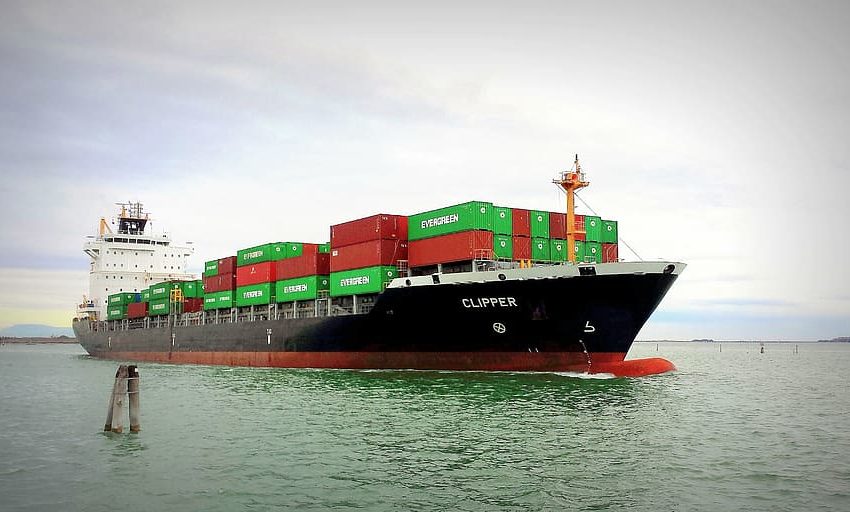Most of the shippers treat international ocean freight rates as some mystery. In this blog, you can unveil the mystery and understand how sea freight rates get calculates. The first thing you should know is that your freight quote is more of a price list of shipping service. It is a summary of pricing applied by your shipping parent for moving the container from one location to another.
A freight quotation gets divided into three classes as below. By referring to the below guide, you can understand international sea freight rates.
1 – Pre-carriage:
Pre-carriage refers to the inland movement that occurs before the container gets filled at the port of loading. It can take place at the port of loading itself or somewhere close to it. The activities that may happen are as below:
- Chassis utilization surcharge: It incurs upon the use of chassis in conjunction with a shipping container to fulfill overland transport from the shipper’s door to port. It also refers to fuel surcharge and packing charges.
- Custom clearance: It refers to a fee paid to a customs broker who manages your custom clearance.
- Wharfage: It gets evaluated by the dock owner against freight handled over a dock. Or it may get charged against the steamship company utilizing the dock.
2 – Carriage:
Carriage is nothing but the movement of cargo on the sea. It includes the move from the port of load to the port of discharge. There are many international ocean freight shipping services. The shipping charges get decided as per the contract agreement between you and the shipping company. The different charges are –
- Ocean freight rate: It’s the essential cost of movement of cargo from one location to another.
- EBS: It stands for emergency bunker surcharge, which gets added to the freight rate to cover fuel costs.
- DDC: It’s a destination delivery charge, and it relies on the size of the container. It includes crane lifts, drayage of the container, and gate fees, etc.
- Detention: If you keep the container at port beyond free days, then detention gets applied.
Also, if you delay the carrier’s equipment, you have to pay the penalty.
Further, there come bunker adjustment factor (BAF) and international security port charges (ISPS) too.
3 – On-carriage
On-carriage refers to the inland movement that occurs after the container gets discharged from a port of discharge. The activity may occur at the same location as a port of discharge or somewhere near to it. Like pre-carriage, some activities occur in a containerized shipment after the container gets discharged from the ship.
The charges include unpacking charges, which may get charged by a third-party warehouse that unpacks your container. Further, there are charges for customs clearance, wharfage, destination delivery, and detention.
To put it all together.
The above guide can indeed help you understand the international ocean freight rates. A freight quote is a combination of various costs like sea freight rates, surcharges, fees, adjustment factors, exceptions, and rules. Pre-carriage, carriage, and on-carriage is the standard classification of freight quote.
